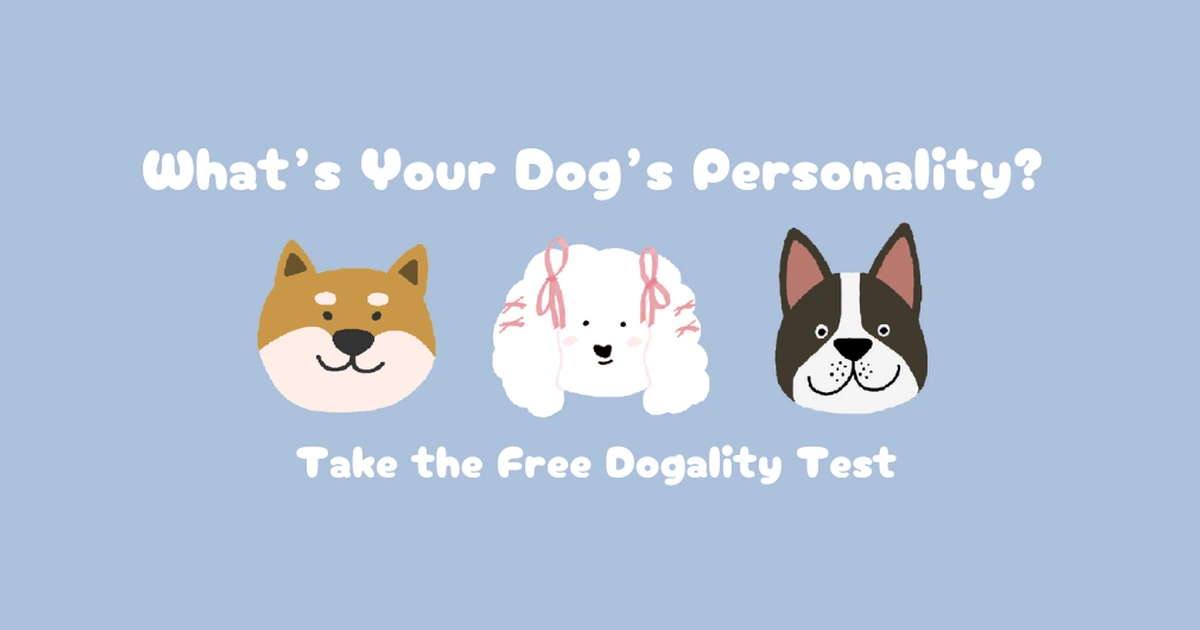How to Calm an Overexcited Dog When Guests Arrive
Door greetings can be loud, jumpy, and chaotic for dogs.
Use this step-by-step plan to reduce arousal and teach polite greetings with simple setups and daily practice.
Why Dogs Get Overexcited at the Door
The door predicts novelty, attention, and energy which spikes arousal and movement.
Doorbells, footsteps, and voices quickly chain together to trigger jumping and barking.
Training works when we split the event into small steps and reward calm at each step.
Before Guests: Exercise, Enrichment, Setup
Give a sniffy walk or short play session to take the edge off before visitors arrive.
Offer enrichment like a snuffle mat or lick mat to lower arousal before the door routine.
Stage the home with a leash, treats, and a baby gate or crate to control space.
Try these helpful reads: indoor enrichment games and train smarter by personality.
Calm Greeting Protocol (Step-by-Step)
Practice without guests first and move to real visits once your dog stays calm.
- Step 1: Knock or play a doorbell sound; reward calm stillness or a sit away from the door.
- Step 2: Walk toward the door one step; return to your dog and treat for staying composed.
- Step 3: Touch the handle; return and reward four paws on the floor or a sit.
- Step 4: Open the door a crack; close, return, and pay for calm.
- Step 5: Invite a friend to rehearse; ask for a sit-to-say-hi before any petting.
- Step 6: If arousal rises, step back one level and add distance or a gate.
Coach guests to approach slowly and greet only when paws are down to remove the jumping reward.
Management Tools for Real-Life Visits
Use baby gates, leashes, or a crate to prevent door dashes while you gather treats and settle the scene.
Give a stuffed Kong or chew in a quiet area so your dog can decompress during the first minutes.
Ask visitors to ignore barking or jumping and to reward calm sits or four-on-the-floor.
Personality-Based Tips (Dogality Types)
High-energy explorers benefit from more pre-visit exercise and scent work at the door.
Sensitive dogs need softer voices, slower approaches, and extra distance from the threshold.
Independent types do well with a mat station and short, predictable greeting windows.
Discover your dog’s type to tailor training: 🚀 Take the free Dogality Test.
Troubleshooting: Barking, Jumping, Mouthing
- Doorbell barking: Pair the sound with treats far from the door, then approach only when quiet.
- Jumping: Turn away and withhold attention until paws are down; cue a sit, then greet and treat.
- Mouthing: End the greeting momentarily and offer a toy to redirect, then try again calmly.
- Can’t focus: Increase distance, add a gate, and shorten your sessions to quick wins.
Related reads: separation anxiety support • why dogs bark at night.
References: AKC: Polite Greetings • RSPCA: Greeting Training
FAQ
Should guests give treats at the door?
Yes, if your dog is under threshold. Ask for a sit
first and have the guest toss the treat slightly behind your dog to keep paws down.
What if my dog barks at specific people?
Work at a greater distance with quiet reps and
add a predictable routine: knock, sit, treat, retreat, and repeat.
Is it okay to use a head halter?
It can help with control for powerful jumpers. Pair it
with rewards and short sessions so your dog associates it with good things.
When should I get professional help?
If you see growling, snapping, or panic, consult a
qualified force-free trainer or behaviorist for a tailored plan.
